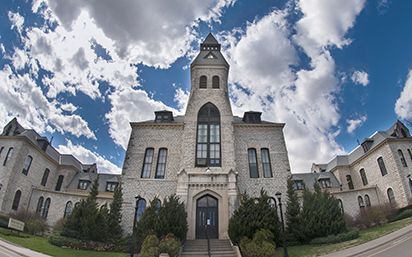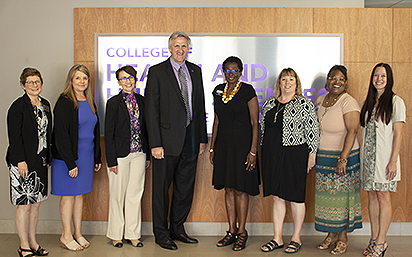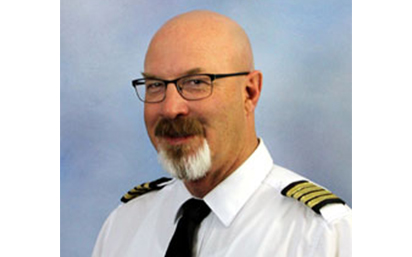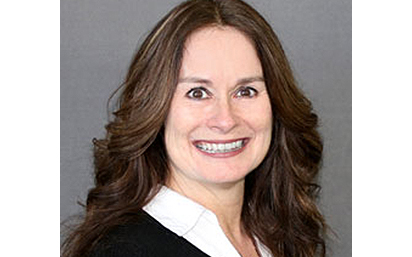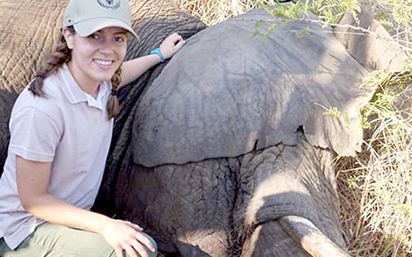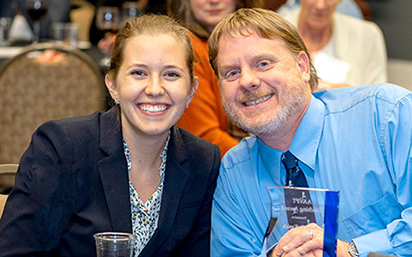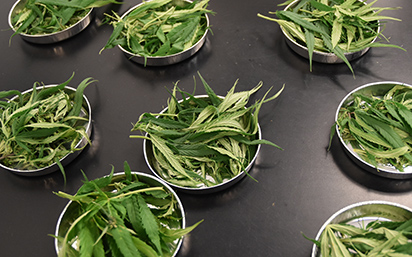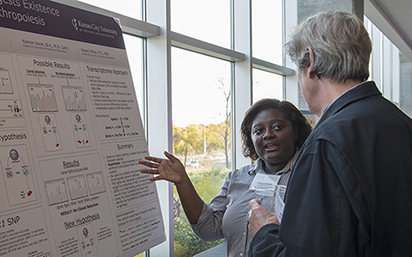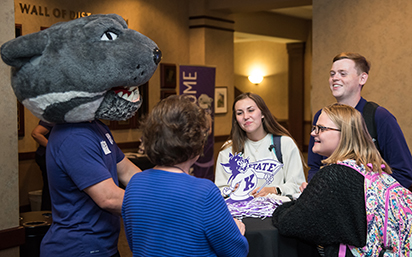
Expanding access, honoring tradition: K-State launches new fall 2020 scholarship program
As future Wildcats explore everything that awaits them at K-State, they’ll be excited
to discover a variety of new scholarship opportunities. Effective for the fall 2020
entering class, an expanded set of general university scholarships and awards has
been created for incoming freshmen and transfer students, both domestic and international.
“We are thrilled to open up our scholarship offerings in new, exciting ways by both
creating new awards and retaining several existing opportunities,” said Robert Gamez,
director of the Office of Student Financial Assistance. “The new program also offers
clarity to students determining their scholarship eligibility, as well as a reduced
cumulative K-State GPA for scholarship renewal, which is in service to both our students
and our mission of educational access.”
Students and families can explore the scholarships/awards available to them online. A few highlights from the university’s out-of-state domestic offerings include:
✏️ The Midwest Student Exchange Program (MSEP), previously only available to a limited number of academic majors, has been
expanded to all academic majors. Eligible incoming domestic freshmen and transfer
students from Illinois, Indiana, Michigan, Minnesota, Missouri, Nebraska, North Dakota,
Ohio or Wisconsin will enjoy a reduced tuition benefit where they will pay no more
than 150% of in-state tuition rates.
✏️ The university also created an identical program in the Founders Non-Resident Merit Award, which offers the same reduced tuition benefit to eligible students from Arkansas,
California, Colorado, Oklahoma or Texas.
✏️ These opportunities join the Heritage Scholarship for non-Kansas residents, a scholarship available exclusively to domestic out-of-state
students with at least one parent or grandparent (biological or adopted) who graduated
from K-State. The Heritage Scholarship honors the family tradition of a K-State education
with a $12,000 renewable award.
To apply for all general university scholarships/awards, students must first apply for admission to the university. A review of the student’s eligibility for general university scholarships/awards
is populated from the application for admission itself.
In addition to general university scholarships/awards, the university has also created
the K-State Scholarship Network (KSN), an online portal that connects students to
even more scholarship opportunities, including the Alumni Association Legacy Scholarship. Both newly admitted incoming students and continuing students should apply for scholarships/awards
within the KSN portal. Continuing students should plan to update their information
in KSN each year as they get involved in more activities or have new accomplishments
to share. More information is available online.
Gamez added, “Between general university scholarships/awards and the additional scholarships
available through the K-State Scholarship Network, our students have a variety of
new opportunities available to them, a true testament to the university’s commitment
to student success.”
Visit k-state.edu/scholarships-awards to learn more about general university opportunities, and visit k-state.com/getinvolved/futurek-staters/scholarships to learn more about scholarship opportunities available exclusively through the K-State
Alumni Association.

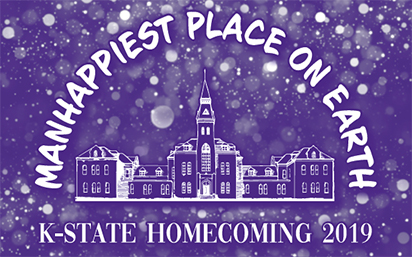

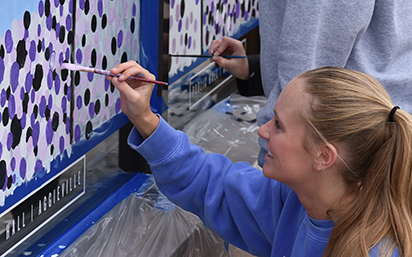

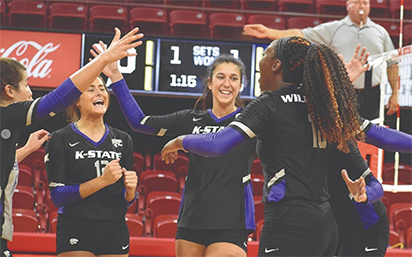
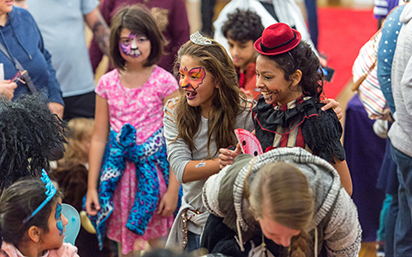
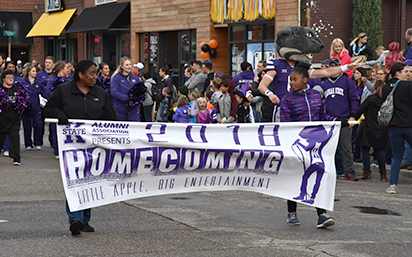
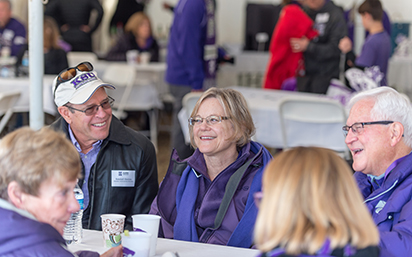
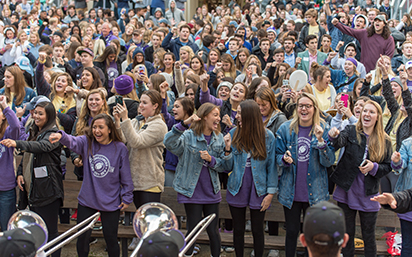
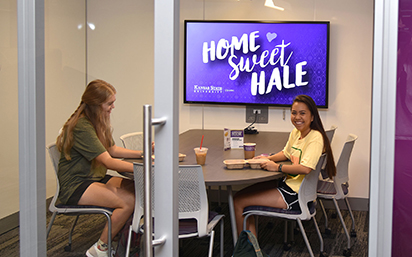
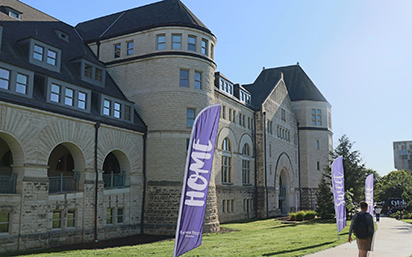
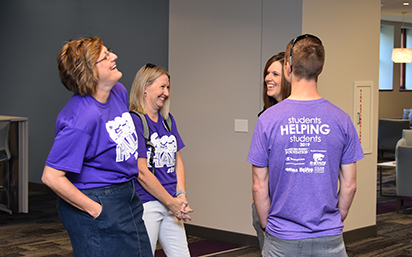
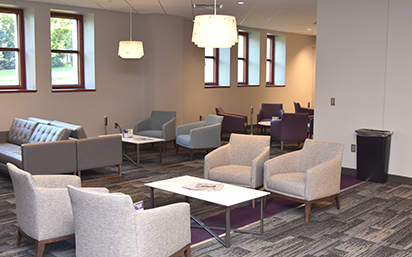
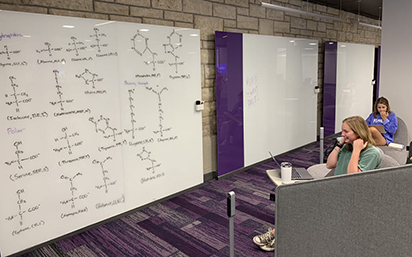
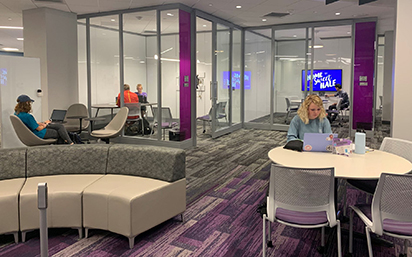
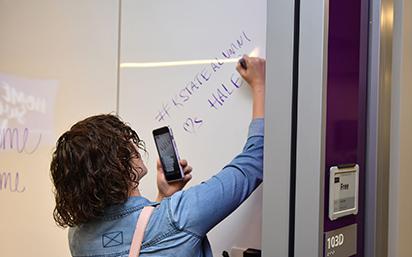
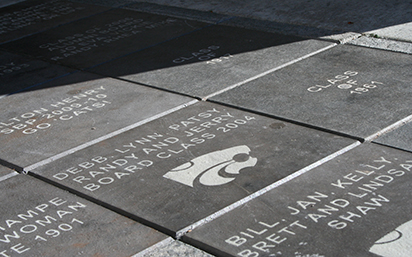
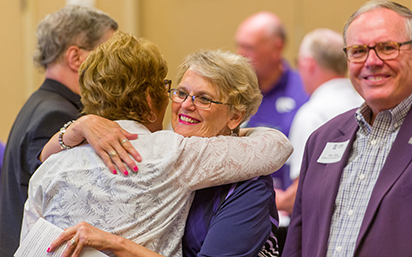
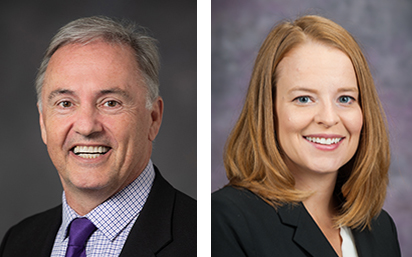
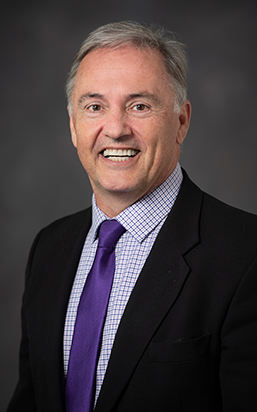 What are your thoughts on receiving this award?
What are your thoughts on receiving this award?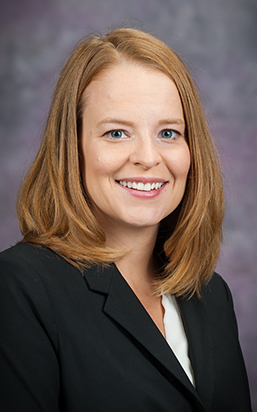 What are your thoughts on receiving this award?
What are your thoughts on receiving this award?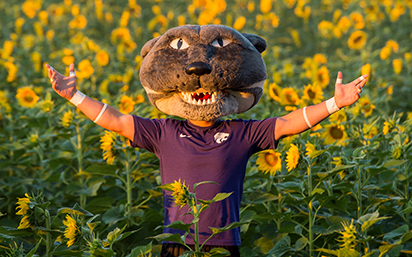
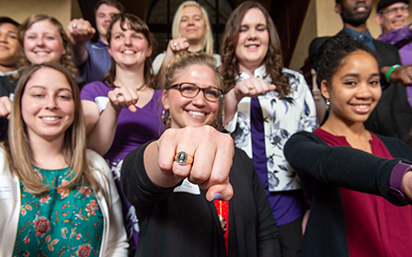 Do you know a K-Stater who will be graduating in December? Need a great K-State present
for the holidays? Official K-State diploma frames or K-State class rings make a wonderful
gift!
Do you know a K-Stater who will be graduating in December? Need a great K-State present
for the holidays? Official K-State diploma frames or K-State class rings make a wonderful
gift!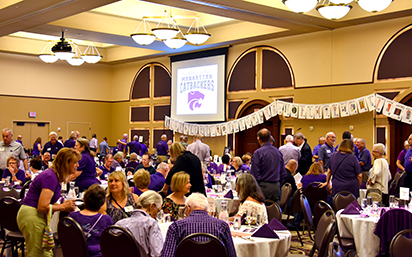 Are you moving to a warmer location for the winter? If you will be at a temporary/seasonal
address for two months or more, let us know! There may be an Alumni Club or other
events near you that we’d love to share with you.
Are you moving to a warmer location for the winter? If you will be at a temporary/seasonal
address for two months or more, let us know! There may be an Alumni Club or other
events near you that we’d love to share with you.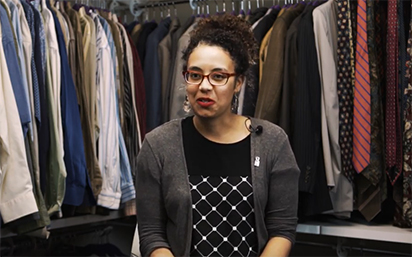

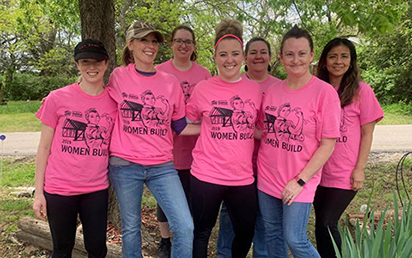 Creating a more diverse and inclusive community can start with one person and one
idea.
Creating a more diverse and inclusive community can start with one person and one
idea.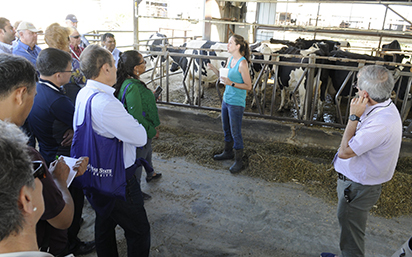
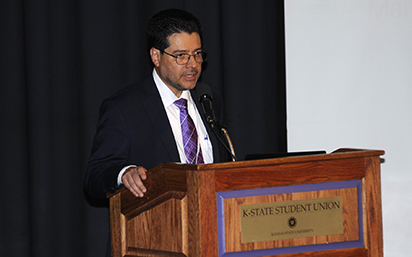
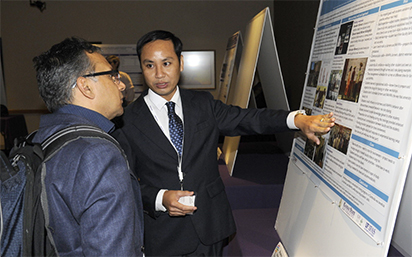
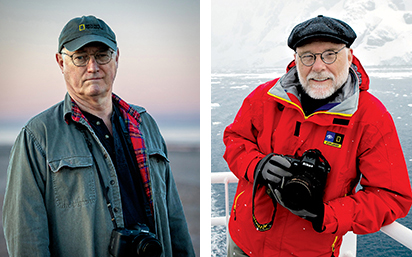
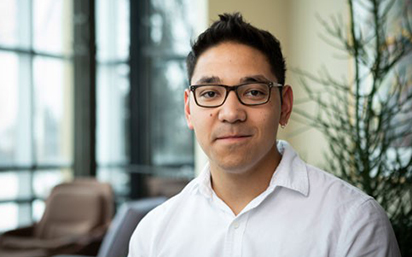


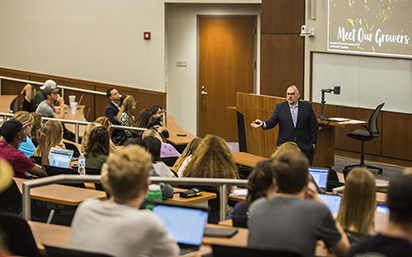
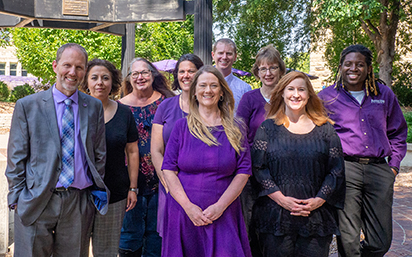
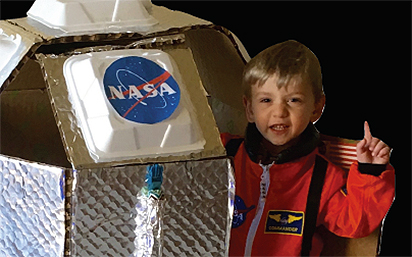
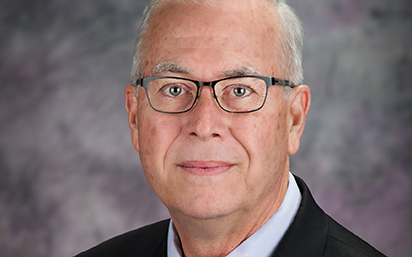
 Stacy Hutchinson ’96, ’98, professor of biological and agricultural engineering, has
been selected as associate dean for research and graduate programs in the Carl R.
Ice College of Engineering.
Stacy Hutchinson ’96, ’98, professor of biological and agricultural engineering, has
been selected as associate dean for research and graduate programs in the Carl R.
Ice College of Engineering.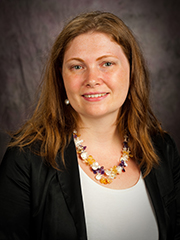 Amy Betz, associate professor in the Alan Levin Department of Mechanical and Nuclear
Engineering, has been named the new assistant dean for retention, diversity and inclusion
in the Carl R. Ice College of Engineering.
Amy Betz, associate professor in the Alan Levin Department of Mechanical and Nuclear
Engineering, has been named the new assistant dean for retention, diversity and inclusion
in the Carl R. Ice College of Engineering.